This blog is part of the Agriculture and Ecosystems Blog’s month-long series on Ecosystem Services.
It is common practice for developing countries to receive donor aid in order to meet existent community demands. Yet there have been many cases where development interventions are not adapted to local contexts. Research and science can have a critical role in informing local resource users, the private sector and government entities on the best economic pathways that would lead to increased yet sustainable landscape productivity.
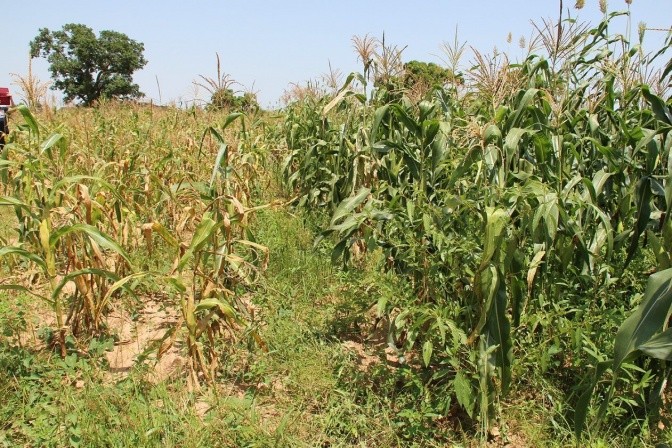 Visible difference between corn using Zai and not. Photo Credit: Camilla Zanzanaini
Visible difference between corn using Zai and not. Photo Credit: Camilla Zanzanaini
But how could we use existing landscape formations such as topography and locally available materials to address land and water constraints in vulnerable communities?
On a recent scoping study of the Volta region, a group of researchers (myself included) from the CGIAR Research Program on Water, Land and Ecosystems (WLE), had the opportunity to visit part of the Sudano-Sahelian landscape of northern Burkina Faso.
We were introduced to three practical soil and water interventions that the villages of Kaya and Gandologo are currently using to deal with water shortages in the dry season. These included runoff-reducing stonebunds, used in sync with ‘Zai’- small pits dug by farmers where they add manure and collect rainwater and are then planted with crops; ‘half-moon’ pits which are filled with manure and rainwater before crops can be planted on them; and small rainwater storage ponds to help irrigate nearby fields. On the plus side, these interventions are vital for securing water resources and are relatively accessible methods for farmers, but they are also labor intensive and often require incentives in order to be successful.
Burkina Faso
For Burkina Faso, excavating small rainwater storage ponds seems to be gaining ground thanks to a government initiative to motivate rural farmers to create storage ponds. This year (2013), the government is providing approximately 200 USD for each farming household that creates a rainwater storage pond of dimensions 7 m X 5 m X 2 m (70 m3) directed towards 0.25 ha of maize. It is hoped that this initiative will help avert drought stress and provide food security in Sudano-Sahelian communities. Moving forward, the government has further indicated that next year (2014) the rainwater storage ponds will increase to 13 m X 8 m X 2 m (208 m3).
This storage structure has helped me produce 0.5 ha of rice that I would not have produced if I did not have this water here.
The rainwater storage ponds have been a lifeline for some of the farmers in Gandologo, a community about 2½ hours north of Ouagadougou, where 9 farmers are currently practicing this technique. This year alone, the farmers have already encountered 3 drought spells during the rainy season. “This storage structure has helped me produce 0.5 ha of rice that I would not have produced if I did not have this water here” Mr. Sawadogo explained to our group. However, as a farmer with few other water options, he remains at risk if the rains do not come; the 3 drought spells have sucked out all the water in the storage pond.
A place for research
How can research and science play a role in helping farmers such as Mr. Sawadogo use their landscapes and surrounding ecosystems to improve productivity? We can give advice on the placement of structures in the landscape (e.g. digging catchments downstream of a hilly area to allow for runoff capture and subsurface seepage); design methods to minimize groundwater seepage (e.g. lining the bottom and sides of storage ponds with polythene material); we also need to investigate community water management dynamics, especially during periods of scarcity, and find solutions that best fit their needs.
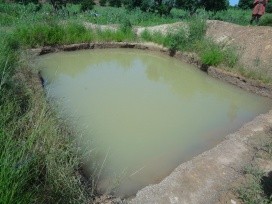 Small catchment pond. Photo Credit: Fred Kizito
Small catchment pond. Photo Credit: Fred Kizito
In the example of the Sahel, adding more ecosystem service-based approaches to their landscape solutions could lead to exponential increases in system productivity. Reducing tree cutting along the catchments could reduce erosion and sediment deposition in water bodies, so that they can be used longer while providing good quality water to community residents. Live biomass and vegetation could also help farmers retain nutrients that would otherwise be washed away in the rainy season.
Research and science could help generate information to transform previously drought-prone landscapes into drought-resilient communities. By optimizing landscape topography, local ecosystems and community willingness coupled with political will, development interventions are more likely to be suitable and sustainable. WLE aims to use ecosystem-based approaches to improve livelihoods and food security in the Volta Region.
What other similar initiatives could we look into? Where landscapes are used to enhance ecosystem services that benefit communities and can be scaled out for broader benefits.
About the Author:
Fred Kizito is a senior scientist in the Soil Research Program at the International Center for Tropical Agriculture (CIAT). He formerly worked with IWMI in Soil & Water Resource Management.
For updates follow us on @WLE_CGIAR and on Facebook.



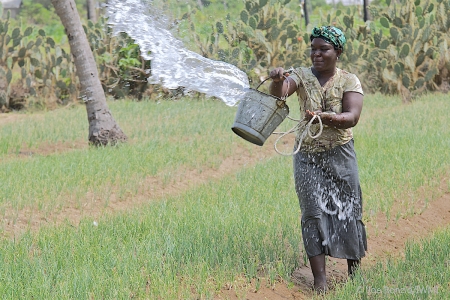







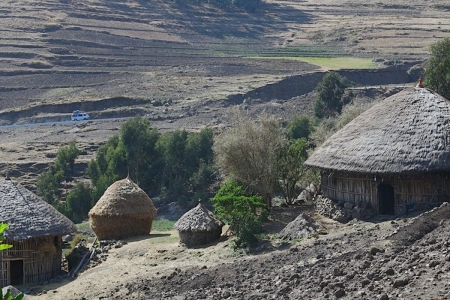
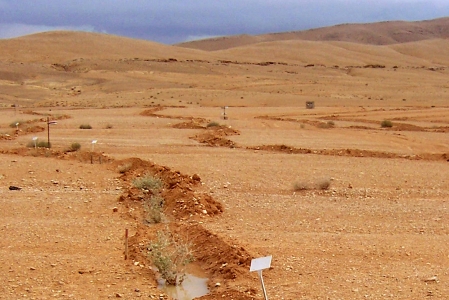



Add new comment